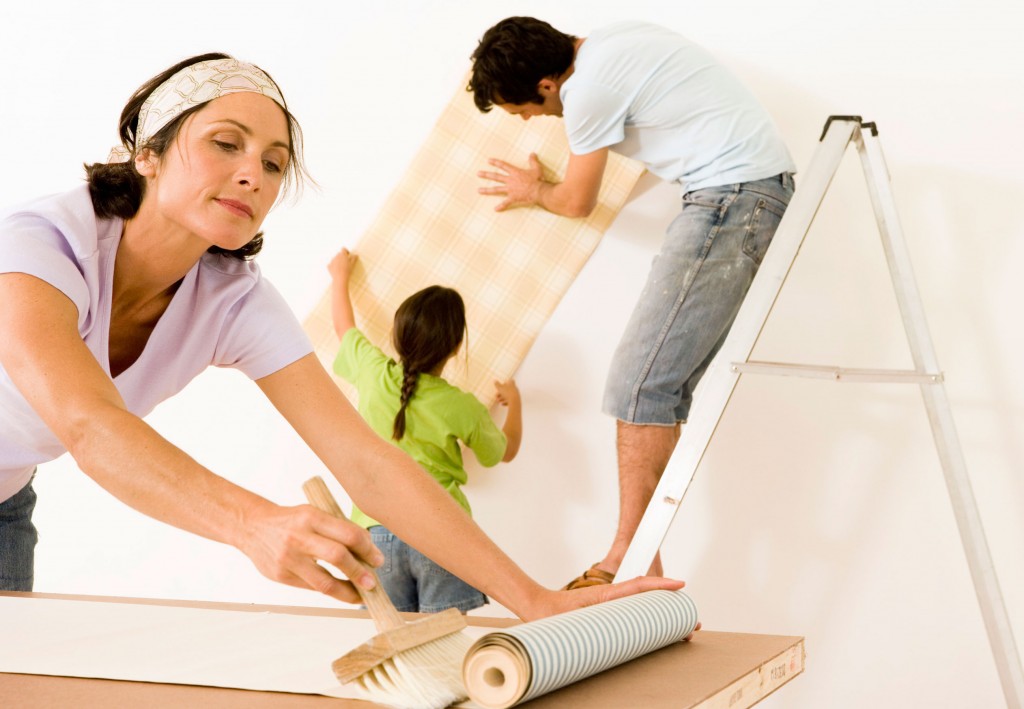Do you enjoy working with your hands? Or, do you want to improve your home without spending a lot of money? If you answered yes to either one of these questions, there may be a home improvement project in your future.
However, before you head out to the store and buy supplies, it is important that you educate yourself on how to safely work on your living space. Only after reading the following advices from Chalets en Bois, you will be truly prepared to tackle the project in front of you.
Purchase protective gear
While you may not look “cool” with a hard hat on or while wearing protective goggles, these are often necessary items for anyone completing a home improvement project. The eye gear will come in handy if you are drilling or sawing, and the helmet is great if you are concerned that something could fall on you. If nothing else, go out and buy these items so that you have them on hand if you feel that you need them.
Go cordless
If your budget allows for it, upgrade to cordless tools. They are a lot safer than the alternative because there is nothing for you to trip over while you maneuver around your work space.
And, with recent advances in technology, battery-operated tools typically hold a charge for a long period of time, so you don’t have to worry about constantly stopping to get the tools back in working order. At the very least, determine which tool you will be using the most and go out and get a cordless version of that.
Explain your plans to others
If you share your home with others, of if you have family and friends that stop by on a regular basis, talk to everyone about your project. Discuss which areas of the house will have construction going on and explain any potential hazards involved. This will help everyone be a lot safer while at your home, as they will know to watch out and carefully maneuver around the living space.
Put together a first aid kit
If you don’t have a first aid kit in your home, spend a little time making your own version. You can use a large freezer bag to store all of your supplies. Make sure you have alcohol wipes, tweezers, bandages, antibiotic ointment, cold packs, gauze and adhesive tape. More items may be necessary, but those should get you started.
Put the kit in an easily accessible location, somewhere that is close to the area where you will be working. If you do have a first aid kit already, pull it out and look through it to make sure you haven’t run low on any necessary items. Restock anything that you have concerns about.
As much as you would probably like to, you can’t simply run right out and get started on a home improvement project as soon as the urge strikes you. It is important that you are careful and safety-minded in your approach. Use the tips above to help you successfully complete your project.







